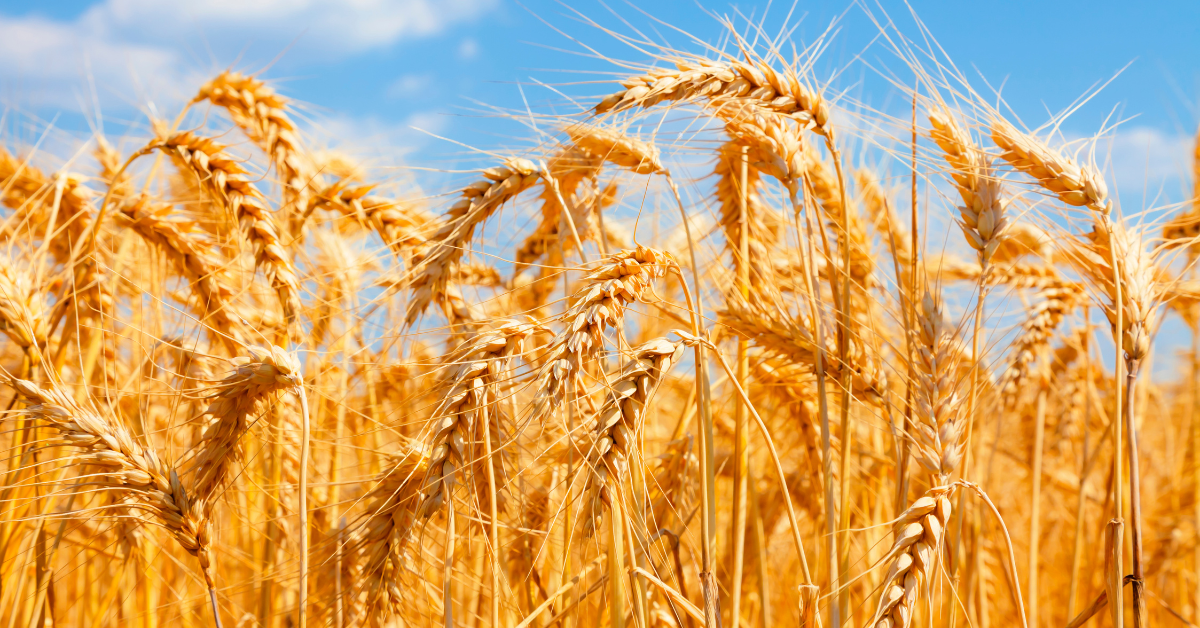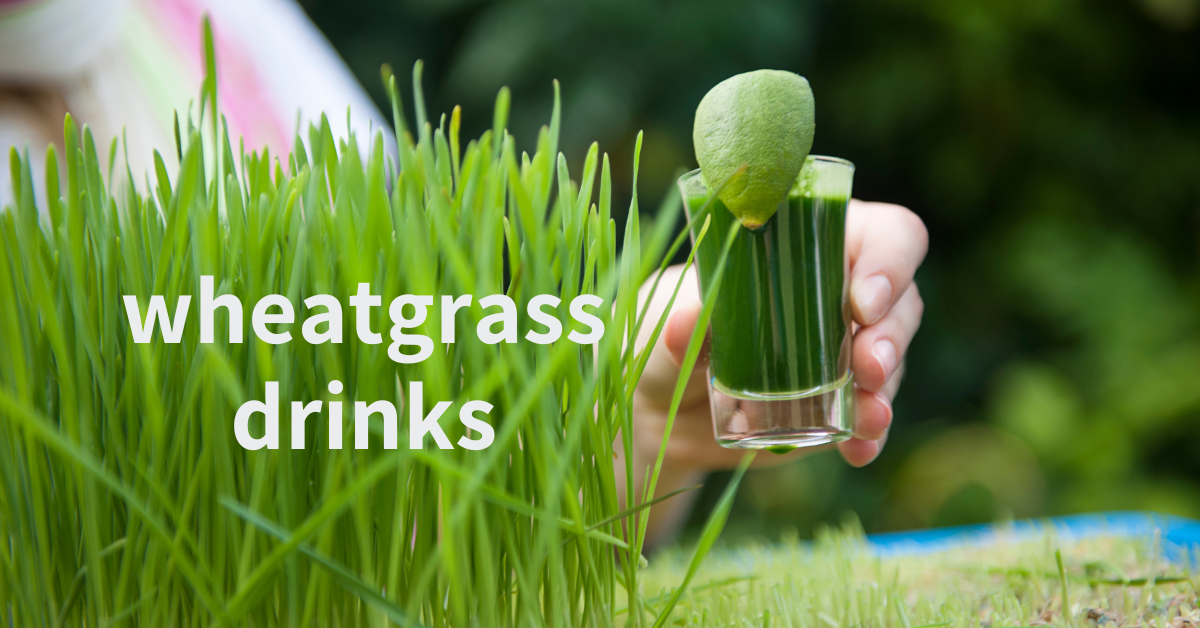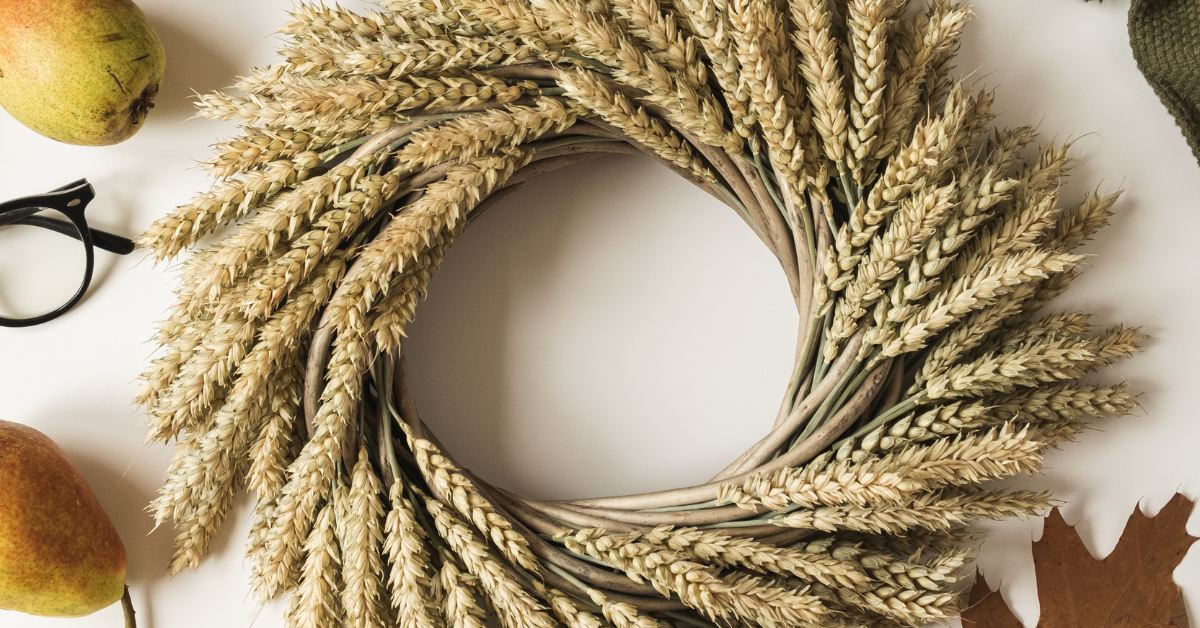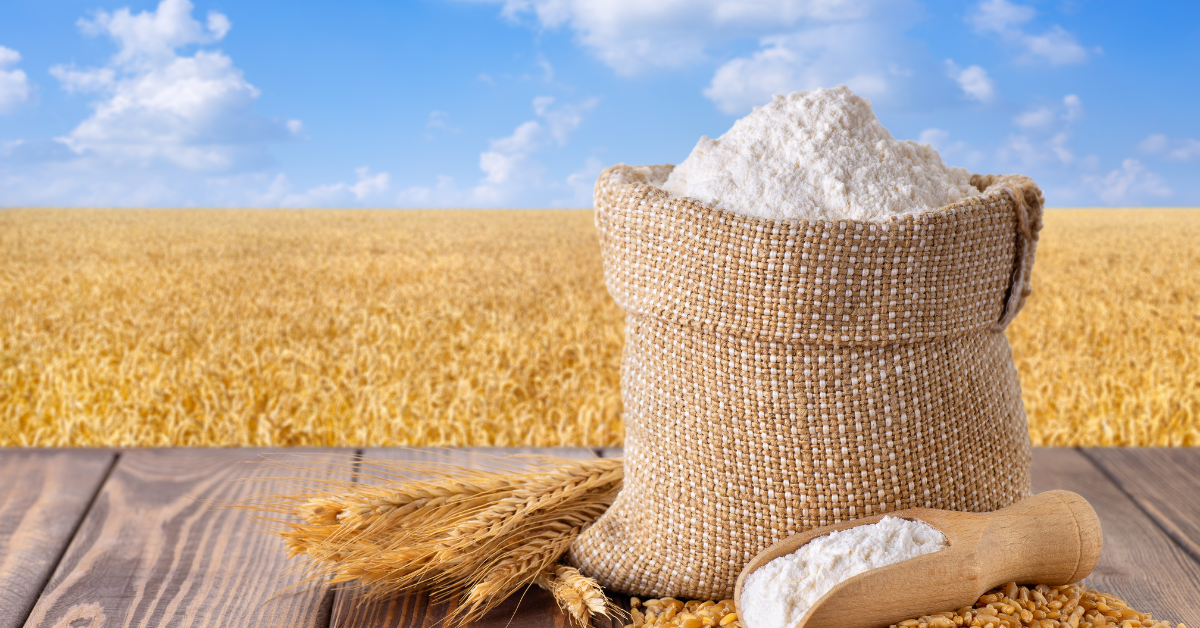Have you ever thought of growing your own wheat at home or on the homestead? Maybe you are a gardener and want to grow your own wheat in your backyard. Uncertain how to go about it? This is just the place for answers. You can be the first person in your area to grow your own homestead wheat.
Wheat is common in most households. Bread, cakes, noodles, and of course, ales such as beer. Want to try growing wheat in containers? Yes, this can be done but only expect enough to wet your curiosity. You would need too many containers to grow a usable amount for the household.

Table of Contents or Collapse to Hide
How Much Land for Growing Wheat
- First, make sure you have just enough space to grow your wheat. An average good-size backyard is good enough to grow up to a half bushel of wheat for your family.
- Second, make sure to choose the type of wheat you want to grow. (I personally like red and white wheat).
- Lastly, calculate how much wheat your family will need for the year. Did you know that winter and spring wheat are furthered divided into two categories; hard and soft?
A half bushel of wheat amounts to about 30 pounds of grain which is enough for 30-45 loaves of bread. Note, this is for a fun project, you would obviously need more acreage and better equipment for growing enough wheat for all your family needs for the year.
Types of Wheat to Grow
It is said that the red wheat may need to be bleached therefor red is less expensive as white wheat which is better for you and at higher prices. Some types of wheat are listed below:
What is Hard Wheat Used For?
- White: brewing beer and bread, medium protein flour
- Winter Wheat: bread and to up the protein in a pastry flour, low protein flour
- Red Spring: hard-baked goods, high-gluten protein
- Durum: used for making pasta, very high in gluten protein
What is Soft Wheat Used For?
- White: Gentle for pie crusts and pastry flour, very low protein
- Red Winter: used for muffins, biscuits, cakes, pie crusts, low protein flour
Read Vitamins and minerals Healthline.com has to say about wheat nutrition facts.
What is Wheat Intolerance?
Many people suffer from wheat products. Fortunately, there is a solution to this. Have you ever heard of einkorn red winter wheat? Read Types of Wheat: Nutritional Content & Health Benefits Comparison how einkorn is used for individuals who suffer from using wheat products.
You may be surprised how einkorn has more vitamins, riboflavin, and more than most kinds of wheat. Not to mention how it can be grown organically due to the fact that its hulled wheat which protects it from bugs.
Making Wheatgrass Healthy Drinks
Smoothies and drinks made from wheatgrass are the rages right now. Wheatgrass is actually the leaves that first sprout from the wheat plant. Its a grass in this stage.
The claimed benefits of wheatgrass have many great attributes such as iron, Vitamins A, C, E, enzymes and more. Growing wheatgrass indoors on a countertop is very easily done. Popular juice bars serve this type of drink daily to people who want to provide additional supplemental nutrition.

Note: wheatgrass claims, according to some, have not been scientifically proven. My son drinks them weekly and states he feels so much more energized after drinking a wheatgrass smoothie. It’s interesting that in 1940, Charles Schnabel wanted to make wheatgrass popular. He started selling cans of powdered grass in major drug stores in the US and Canada.
Growing Wheat Fodder for Chickens
Wheat and barley are only two of the grains that are sprouted for chickens to eat. Sprouting can be done with other grains suck as soybeans, oats, clover, and even sunflower seeds. One pound of seed can produce around eight pounds of fodder.
How to grow fodder for chickens:
- Put grains in a bucket that covers the grains with about 2-3 inches of water
- Soak the grains in the water overnight
- Drain off the water and use in the garden
- Spread the grains out evenly on a tray
- Keep the grains moist each night and morning
- Wait for a few days (up to a week) and you will have greens!
How to Grow Wheatgrass at Home
You can easily grow wheatgrass in the home with or without electricity. There are many machines that will sprout mung, wheat, black beans, soybeans and more. I use an electric one listed in the shop section. You do not have to have something that fancy. A canning jar will even work.
If you want to get a little fancy, there are canning jar holders that allow the air to get in and the moisture to get out. Just follow the manufacturer’s directions and maintain clean water several times a day for optimal success.
Wheatgrass Shots
Wheatgrass is high in enzymes, amino acids, and chlorophyll that contains vitamins and minerals that our body requires. Making a wheatgrass shot is done by juicing or pressing the grass; even a mortar and hand pestle has been used.
Note, too much will clog the blender, start off with a little and clean the hopper periodically. Feed any grass to bunnies outside, compost or worm bin. Don’t waste that great bi-product of wheatgrass.
It is best to take the shot on an empty stomach so the nutrients are best absorbed in the body. A wheatgrass shot does not have any other liquids added to it. It is all wheatgrass juice.
When starting out with these shots, start off diluting it (a lot) with water or juice. Let your body get used to the new plant in your body. Gradually increase the wheatgrass juice over the other liquid amount. Trust me, you should not ever jump right into the shots without letting your body acclimate to a new product.
Equipment for Harvesting Wheat
The right equipment will help to harvest your grains. Normally grains are harvested with a sickle. You may use pruning shears, a hedge trimmer or even a lawnmower to cut down the stalks.
I remember the episode of Little House on the Prairie when Ma Ingalls and the town women saved a wheat crop after it was mostly destroyed by hail.
- First, all they used were a sickle and determination!
- Second, the women removed the grain from the seed heads by threshing. (Threshing is done when the stalks are beaten with a stick).
- Lastly, is to winnow the wheat. Winnowing is done in order to remove the chaff also referred to as the grain covering with a paperlike texture.
Methods for Planting Wheat
- Containers-as a fun project
- A drilling-this method is more labor intensified but allows for weeding in-between plants
- Broadcasting-handful of wheat seeds are cast by hand
Fertile soil is needed to grow good wheat. This has a lot to do with the outcome of the wheat.
Harvesting the Wheat
Harvesting times will differ on the grain grown. Grains grew in the winter take a lot more time, as long as 9 months before they are ready to begin the harvest! But there are some grains that will actually become ready to harvest in as little as a month after they germinated.
Millet is one of them. I actually grow this for my Sun Conure and African grey birds. These grains are called warm-season grains. Here are the basic steps to harvest your own grains:
- Using a sickle, scythe or another tool, harvest the grains when its stalks are just beginning to turn from green/yellow to a brown color
- Another test, chew a few grains in your mouth, if they are crunchy and not soft and chewy, they are ready to harvest
- Tie the stalks into bunches with twines also known as binding the sheaves
- Dry for about two weeks or more in a location that will protect them from the rain (They may be hung from the ceiling of a barn)
Growing Wheat for Decorating

Wheat can be used for farmhouse decor or even primitive-rustic in the home. The good thing is, wheat decorations can be used anytime of the year or made to look seasonal by adding colors and added decorations to the project.
Processing Wheat
- Time to thresh, spread a sheet on the floor and beat the stalks using a wooden dowel which will release the grains from the seed heads
- Winnowing: Use a fan at medium speed (just enough to blow the chaffs away and not too strong to blow the grains).
How to Store Wheat
- Wheat may be stored in barrels, bags or in the freezer
- The storage space should be cool, dry and pest free
- Rotate wheat has new packages are stored
Grinding Wheat into Grains

After you are done with your harvesting, it is time for you to grind it. This is how I proceed to grind my wheat berries. I only grind the wheat when I am immediately baking a recipe. Wheat will lose its vitamins rather quickly once you grind it.
- You can start with a half cup of whole grain
- Turn the blender up to its highest speed
- If the blender seems to bog down, stop and reduce the amount of grain which may be the cause
- Grind the grains until they reach the correct consistency
- Grind the grain in small batches
And after that, you can brag to anyone you want and be proud of yourself for growing your own wheat all by yourself. If you have just read this article we hope you are good to go. Start now, get your grains, your equipment and in a few month’s time you can have a taste of your hard work.
When I do not feel like kneading my bread by hand; I personally use this bread machine. Read about it Easy Buttermilk Wheat Bread Machine Rolls. I usually bake the bread or rolls in a convection oven or in the beehive oven in the winter. This bread machine is awesome for making jams/jellies and lemon curd found here.

What if some of your wheat plants have ergo on them? How can you separate the ergo from the rest of the wheat?
Pingback: Gardening Tips for beginners ⋆ Farmhouse-bc
Pingback: The Fluffiest Sourdough Waffles for Two - Farmhouse Basic Collection.
Thank you for sharing with us, I conceive this website genuinely stands out : D.
Pingback: One-Bowl Banana Bread - Farmhouse Basic Collection.
Appreciating the dedication you put into your website and detailed information you offer. It’s awesome to come across a blog every once in a while that isn’t the same outdated rehashed material. Fantastic read! I’ve saved your site and I’m adding your RSS feeds to my Google account.